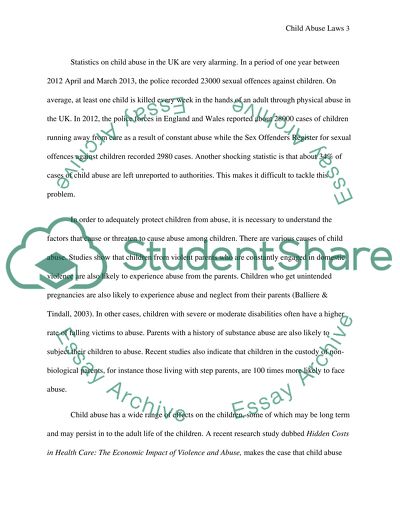Cite this document
(“Child Abuse Laws Essay Example | Topics and Well Written Essays - 3250 words”, n.d.)
Retrieved from https://studentshare.org/law/1497071-child-protection-law
Retrieved from https://studentshare.org/law/1497071-child-protection-law
(Child Abuse Laws Essay Example | Topics and Well Written Essays - 3250 Words)
https://studentshare.org/law/1497071-child-protection-law.
https://studentshare.org/law/1497071-child-protection-law.
“Child Abuse Laws Essay Example | Topics and Well Written Essays - 3250 Words”, n.d. https://studentshare.org/law/1497071-child-protection-law.


